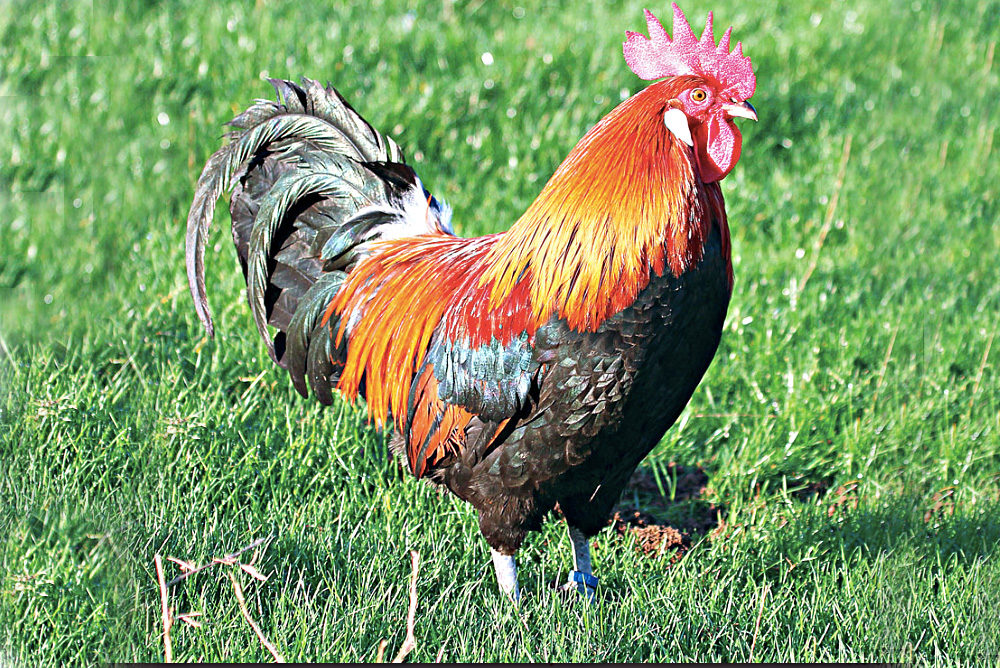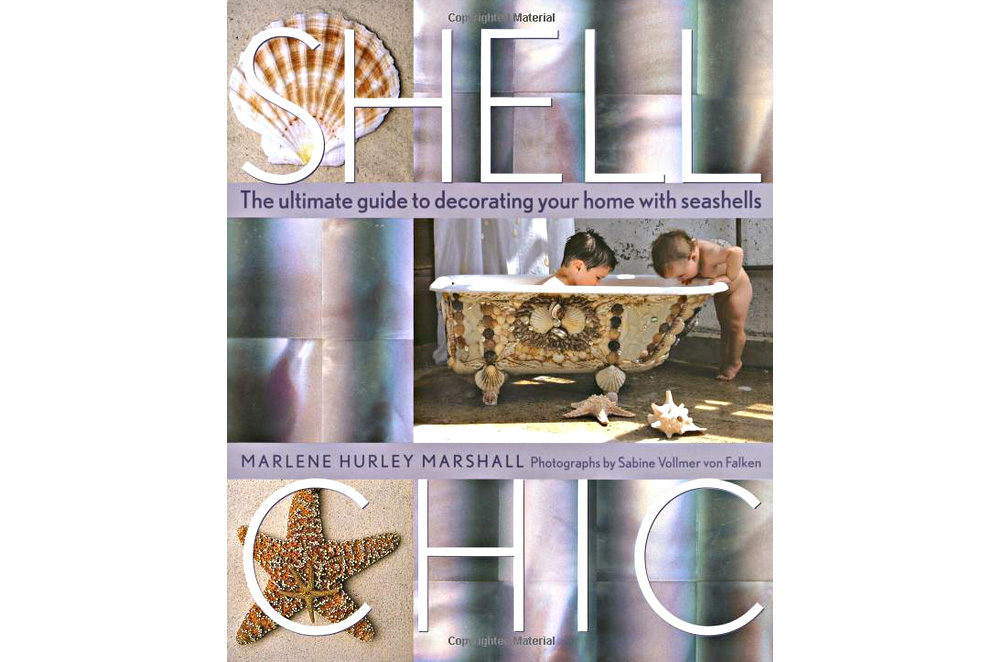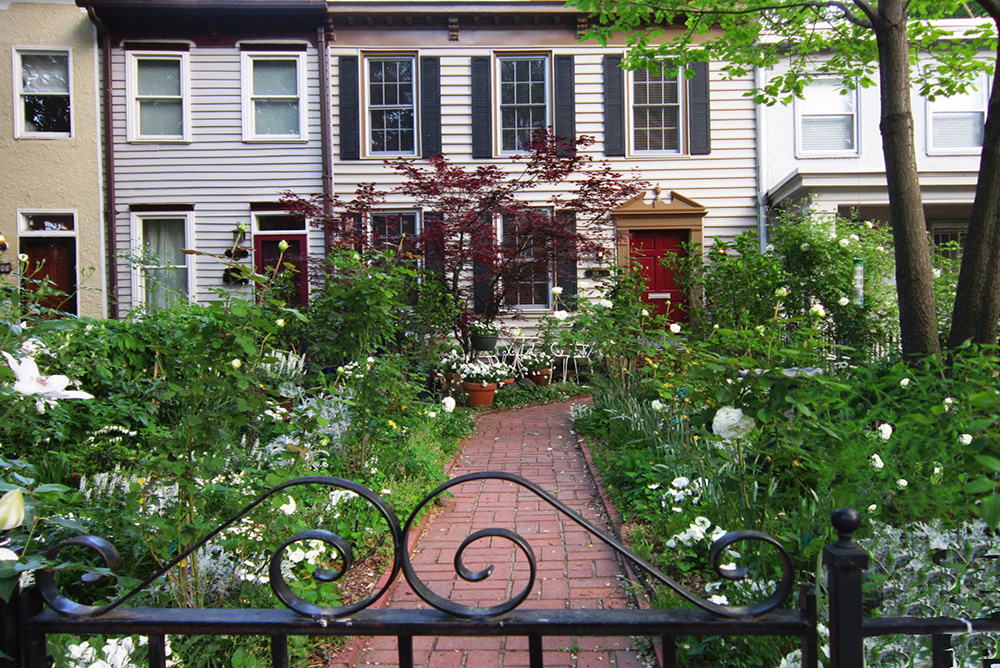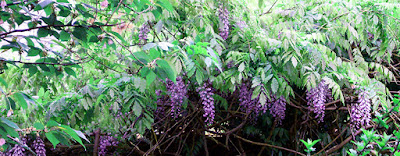No one Here But Us Chic-uns.
I GOT SO INSPIRED by Bastille Day last week, I began musing on the nature of the French
jardin, preferably a Provençal one. Follow this simple path and be transported.
Allons-y!
1. Start with a chair.
You know the one. Bamboo
framed and laced with black and white webbing. (It couldn’t always have
been plastic . . . it must have been something else at another time.
Lambskin? But plastic will do.) Set one or four in the garden and you
have instant France—poof!
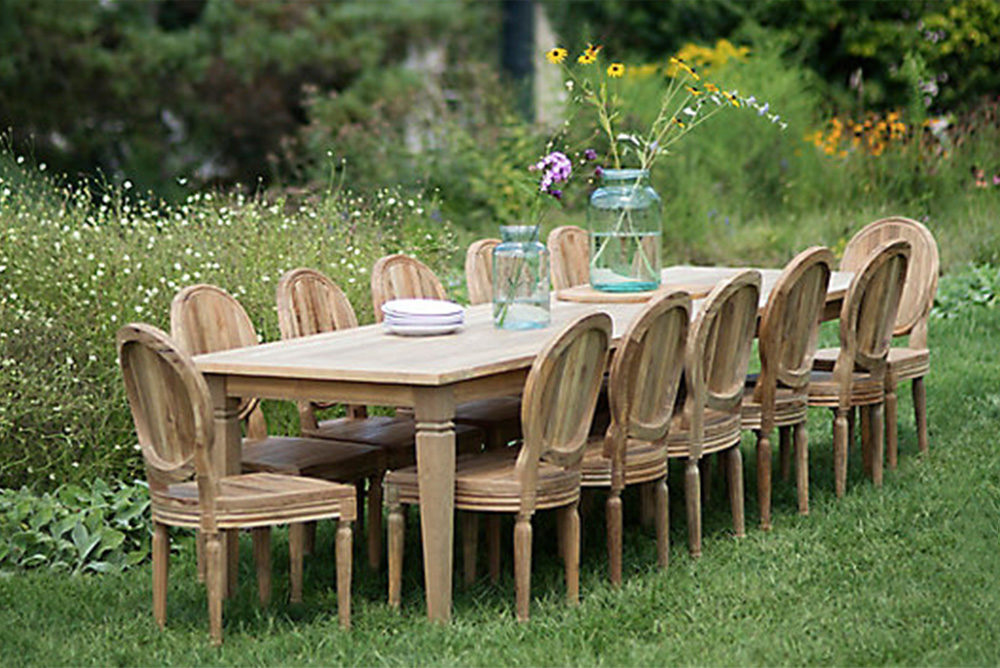 |
| From Terrain, a 10-foot-long reclaimed teak dining table, $2,898 at shopterrain.com. |
2. You do have two table choices, depending on the size of your patio. There is the
classic round bistro table, the surface of which might be tiled, or wood, or stone. You may cover this with a
French tablecloth; the
cloths come in such lovely shades of orange and yellow and green and
blue, with sheaves of wheat or lavender, but not tea pots, printed along
the border. If you have space, consider a wooden farmhouse table of a
length to seat 15 or 20, whatever is your usual Sunday dinner guest
count. In this case, you might employ benches along the sides in
addition to your café chairs.
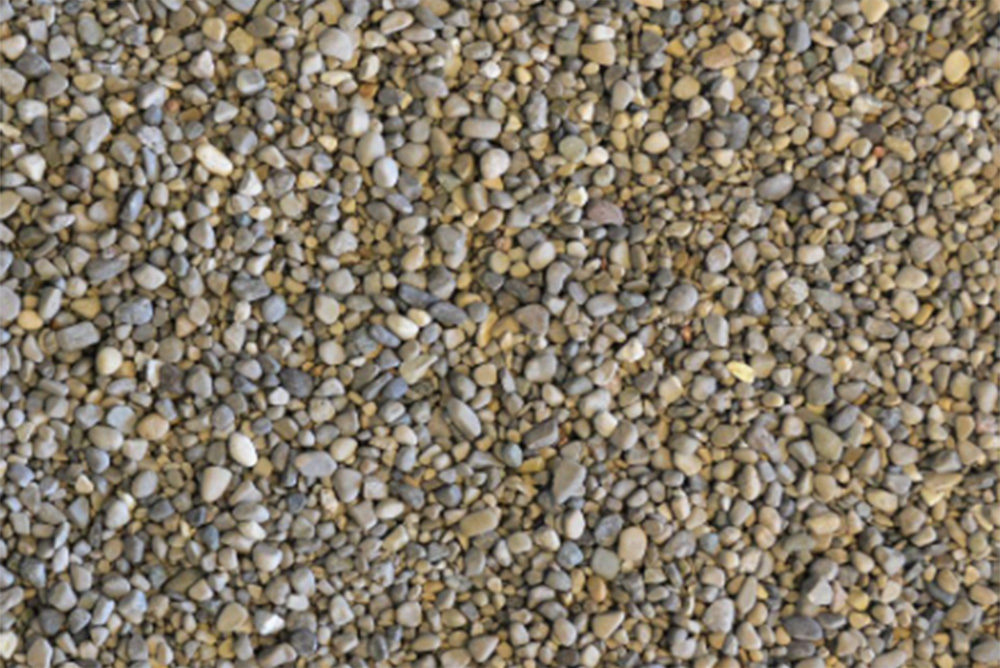 |
| Bulk pea gravel is $333.50 for 5 yards (whatever that means) at The Home Depot. |
3.
Now, you need to set the table and chair upon something, and while
there are surfaces that could pass—brick or flagstone come to
mind—ideally you have
pea gravel;
the small, pale, tan stones that wedge in your espadrilles and dig a
hole in your heel. Pea gravel is the ultimate French courtyard material.
You come away from a walk across it instantly fluent in French. Ooh!
Ow! Ouch! Or rather,
Zut! Merde!
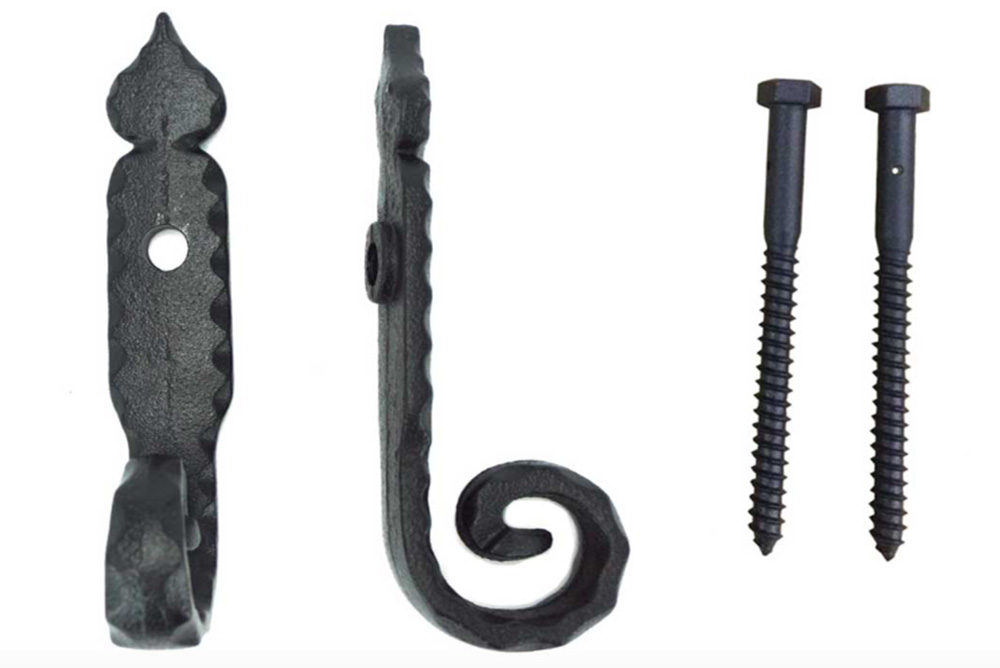 |
| Cast-iron rat-tail shutter dogs, sold in pairs, | | $18.50 the pair from John Wright. jwright.com. |
4.
Ideally, your house should be made of stone, with a bit of moss
creeping up the walls, with very large shutters covering the windows.
Americans tend to have wholly wrong shutters, far too small and flimsy
to shut over the windows in the event of a storm, or to keep the icy
blasts of winter out of the lounge. Your shutters must close over the
windows, or at least look like they can, with cast-iron
shutter dogs holding them open against the walls.
If
your home is not stone, one would hope for brick. And the brick must be
painted the lively colors of Provence. Take a cue from one of those
southern French tablecloths and think Dijon mustard, tangerine or
buttercup yellow paired with the clearest possible blue. The trim and
the door and the body of the house have to zing off each other, but
harmoniously,
s’il vous plait. Of course, window boxes must be overflowing with blossoms that play with your color scheme.
5.
While a case might be made for a border or pots of lavender, there is
no plant more quintessentially French than the hydrangea, or more
exactly, the blue hydrangea, which is the blue of an utterly cloudless
sky after a rain, when all of the humidity has blown to Des Moines or
Baton Rouge. You might flank the door with boxwood topiaries, or you can
move the lemons and such from the orangery to the gravel for the
summer, but the hydrangea is the essence of it all.
Now wield your secateurs and
élaguer* a few branches for the table. Ah….
 6.
6. Yes. The table, by which I mean the table setting. Again two choices. Either white stoneware, the sort with the
raised pattern along the border (I passed up a set at
Miss Pixie’s
reclaimed furniture a few years ago that I still kick myself over. Baby
told me I had quite enough china. Oh, why do I ever listen to her?).
Pair this with ivory-handled dinnerware and jelly glasses, and pick out a
minor color from the tablecloth for your napkins, which must be cloth,
not paper (
see below).
Of
course, if you’re lucky enough to have inherited Grandmère’s Limoges or
Sèvres china and and her silver, this is a glorious place to set it.
Matching is not essential; in fact, it is beside the point, which is
above all the cultivation of unselfconscious chic. Fretting and fussing
is so American; you must appear not to care. Squint a little, purse your
lips and practice a Gallic shrug.
Ne vous cassez pas la tête about it.
Big linen or damask napkins to catch the juices of the
poulet
are essential: They are easier to care for than you might expect. Wash
them, fold them over once and stretch them flat. They will dry quite
smoothly, and be softer to the lip than napery flattened with starch and
an iron.
7. Ah yes, the chicken. I’m so glad I
brought that up. You want to look really French? There is nothing like
having a few chickens pecking the pea gravel. Consider the
Coucou de Rennes, such fun to say! And the
Gauloise Dorée
sounds decadently like smoking, which you really should take up.
They’ll wander around your ankles as you dine, and if the clucking gets
too irritating you can always eat them.
8.
Now add music. While youthful French President Macron exhibits a
fondness for the electronic dance music of Daft Punk, we’ll bet that
First Lady Brigitte prefers Piaf. Create a Piaf station on Pandora and
pipe it onto the patio. Pandora will automatically increase your level
of cool, adding everything from Carla Bruni to Serge Gainsbourg to the
mix.
9. Do have a ruin in the background, if at all possible.
10.
You can also add olive trees, grapevines, fountains or a reflecting
pool with swans. (Swans are important, without them the pool and garden
might verge on Italian, which is somewhat similar, but much louder, and
features lasagne.)
*Merci,
Violette Capelluto-Schor. É
laguer means to prune.
—Stephanie Cavanaugh
LittleBird
Stephanie often has visions like this. To read earlier visions (um,
columns), type Green Acre in the Search box at the top of the page.







